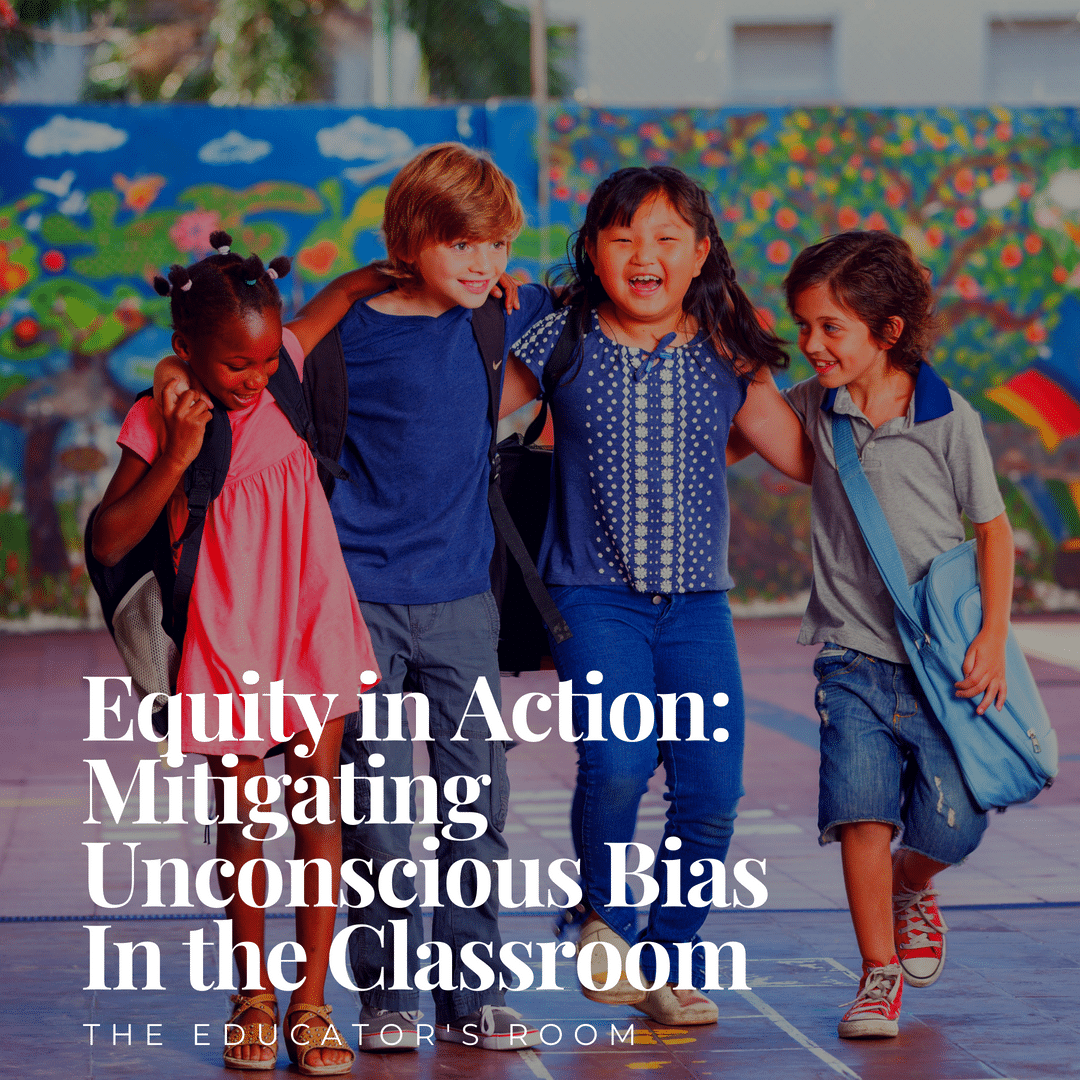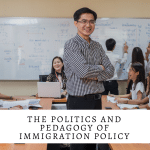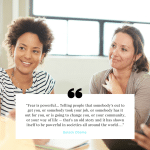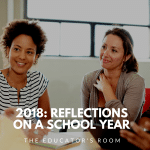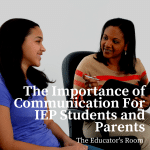In this heightened political atmosphere, our society seems to be replete with instances where white people are being caught on social media being or acting in an overtly racist manner. It seems our Facebook or Twitter feeds will have on a daily basis some video of a white person treating an African-American, Hispanic, or member of the LGBTQ community with contempt, calling them some racial slur, yelling at them to “go back where they came from,” or committing some sort of physical or verbal assault on a member of a minority group. The issue of unconscious bias came to the national forefront when Starbucks shut down its stores nationwide for one full day so that its employees could undergo unconscious bias training after one of its staff members called the police on two African-Americans who came into Starbucks to use the bathroom.
Look In the Mirror
Teachers are not immune to this type of prejudice. They have perpetrated systematic discrimination against African-American boys in what has come to be called “the school-to-prison pipeline.” African-American students are disciplined at a higher rate than their white counterparts. Despite our objections, each one of us maintains some sort of implicit bias. It may be based on race, gender, economic class or sexual orientation, and we allow it to have an impact on our students. Only with training and mindfulness of its presence can we as educators begin to reduce its deleterious effects on teaching and learning in the classroom.
[bctt tweet=”Changes in our society are reflected in the classroom, so teachers must become aware of those changes and be ready to adapt to them so that each student receives a quality education. ” username=””]
Changes in our society are reflected in the classroom, so teachers must become aware of those changes and be ready to adapt to them so that each student receives a quality education. Our society is becoming increasingly diverse in terms of racial and ethnic composition. In the coming decades, the United States will become a majority-minority country, where more people will be of minority descent than that of the white population. Our students are becoming more open about their sexuality. Even in middle schools, students are expressing a desire to come out to their friends, family, and teachers, and they are demanding that members of the LGBTQ community be treated with dignity and respect. As communities grow and expand, students will become more stratified in their economic status, which students coming from families with greater wealth, while other students come from families that struggle to make ends meet and put food on the table. In addition, students with learning disabilities, personality-based challenges, and emotional challenges will be demanding the time and patience of parents and teachers both inside and outside of the classroom. As our society becomes increasingly a nation of immigrants, we must be able to assess our own attitudes regarding their status. With the advent of personalized learning, teachers must receive training to identify students’ strengths and weaknesses and help each student work up their greatest potential. Teachers must be able to identify the process by which bias is generated and reduce its impact on the learning capabilities of each student.
Equity Begins with Self-Assessment
Unconscious bias is often associated with the process of hiring employees, both inside education and in the greater business community. But as educators, we must also make every effort to be aware of the forms of bias we bring to the table as we being our school year and every day when we begin class. Experts in this process have identified a variety of types of bias that decision-makers might bring them into their professional relationships: According to Siafra Pratt, our unconscious biases can include:
- Conformity bias (wanting to conform to peer pressure),
- Beauty bias (leaning towards decision making based on physical attractiveness or lack thereof)
- Affinity bias (decision-making based on perceived connections)
- The Halo Effect (the exaggerated effect of one positive trait)
- The Horns Effect (giving too much weight to a negative characteristic)
- Similarity Bias (based on something we have in common)
- Contrast bias (when we overemphasize the differences between people)
- Attribution bias (when we give ourselves credit for something good or blame others for a negative trait).
- Confirmation bias (when we try to prove that something we suspected was wrong or right actually is).
(Source: Siofra Pratt, “9 Types of Unconscious Bias and the Shocking Ways They Affect Your Recruiting Efforts,“ https://www.socialtalent.com/blog/recruitment/9-types-of-unconscious-bias. Available, November, 2016).
Making Bias Conscious
As we review our lessons, methods, and assignments for the coming school year, give some thought to the way these unconscious biases impact our students and their potential for success. First, we must be aware of how we define our own identity. To our students, our position as teacher places us in the classroom as an authority figure, one to be admired, emulated, or sometimes, to be rejected and rebelled against. In respect to ourselves, we enter the classroom with our own self-image crafted by our experiences as parent, spouse, sibling, and as a professional. Our own status in regards to race, ethnicity, economic status, education, and political affiliation among other factors help shape how we perceive our students. We must remain conscious and flexible where these differing characteristics intersect both within ourselves and our students.
Once we have an understanding of how our own perceptions are formed, we can begin to apply these to our teaching. By choosing all students to participate, giving members of each group an opportunity to excel,we model equal protection within the classroom for each student, which in turn, allows the student to take risks as express themselves more effectively. If we become more aware of what we see in our students’ outward appearance, we can begin to look beyond the exterior and begin to understand what makes our students tick. We can develop intrinsic motivations for our students because we know where their interests, strengths, and challenges lie.
Overcoming unconscious bias is not easy because it lies below our conscious awareness. We may be more supportive of outgoing, expressive students, while allowing our bias against inward-looking, introverted, or autonomous students to color our interactions with them. We may favor students with strong verbal expression skills, supporting them in grades on papers, while forgetting to offer alternative assessments for students who may be better at visual or kinesthetic communication. Helping the introverted student become more expressive is not a bad thing, as long as we also help the expressive student give others a chance to participate.
We Are All A Little Bit Biased
Our unconscious bias may take many forms, and it may not come to the surface until a student, parent, or administrator points it out. Teachers, journalists, and law enforcement officers all bring implicit bias to work with them, but they can’t let those interior impressions have an impact on the quality of their work. If we as teachers strive for a sense of fairness for all students by building relationships, acquainting ourselves with our students on a deeper, less superficial level, then we can become more aware of our own preferences and affinities and we can work to make our teaching more egalitarian. When we are able to do so, we affirm the humanity in each of the individuals we teach, and we also can carry out more functional relationships with our colleagues. The process of mitigating unconscious bias takes introspection, training, and self-assessment. Our schools must increase their responsiveness to the diverse communities we teach if we are to live up to the ideals of equity in our institutions of learning and equality for all in our society at large.
